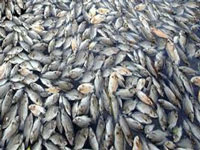2022 Global nutrition report: Stronger commitments for greater action
<p>Poor diets and malnutrition in all its forms are among the greatest global social challenges of our time.</p><a href="http://www.indiaenvironmentportal.org.in/files/file/2022_Global_Nutrition_Report.pdf"

